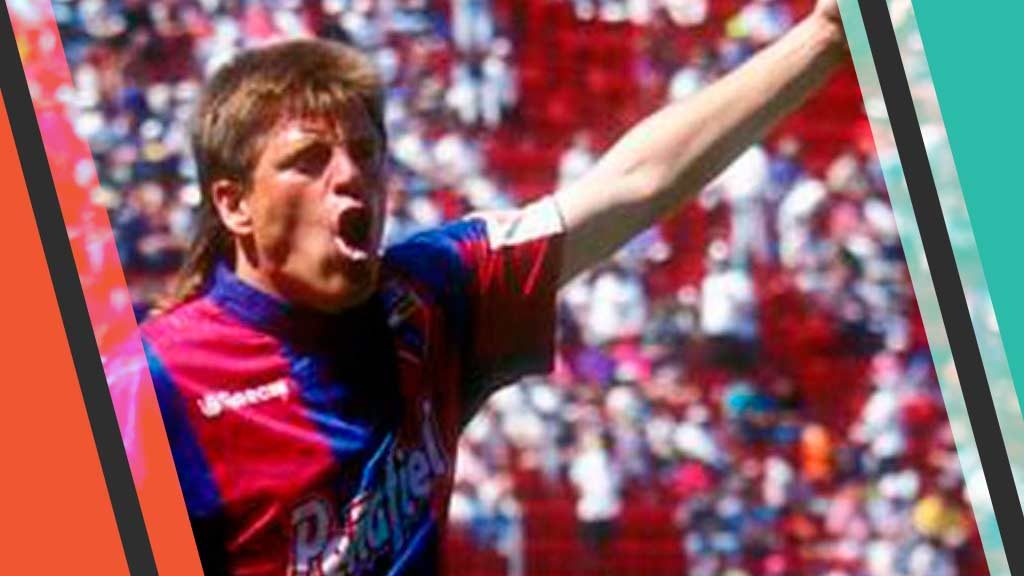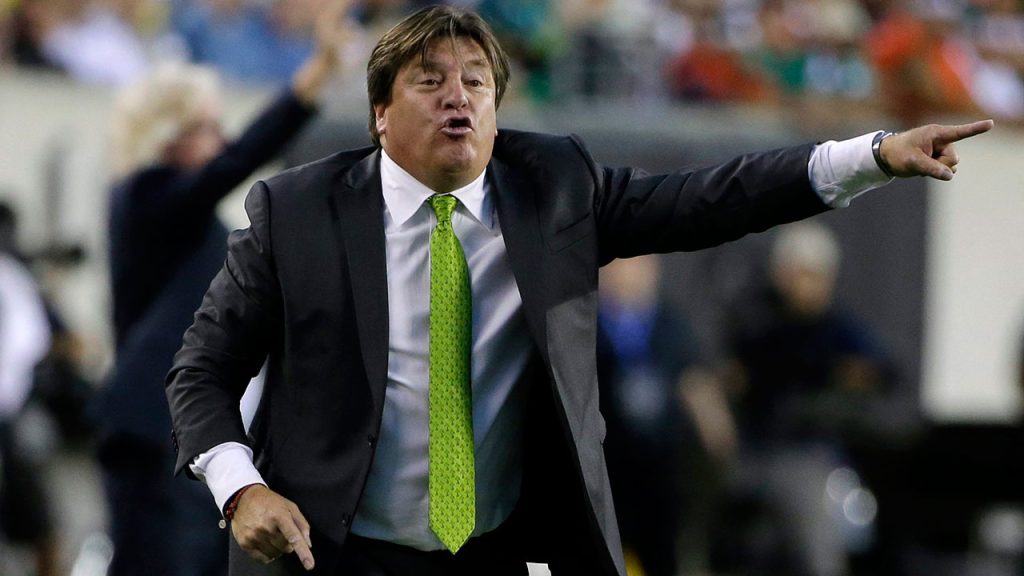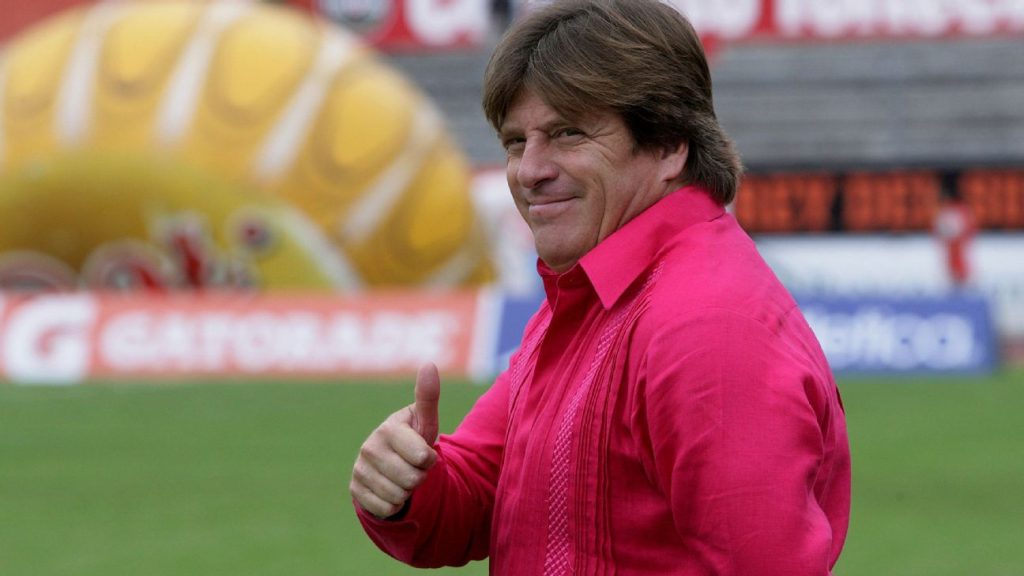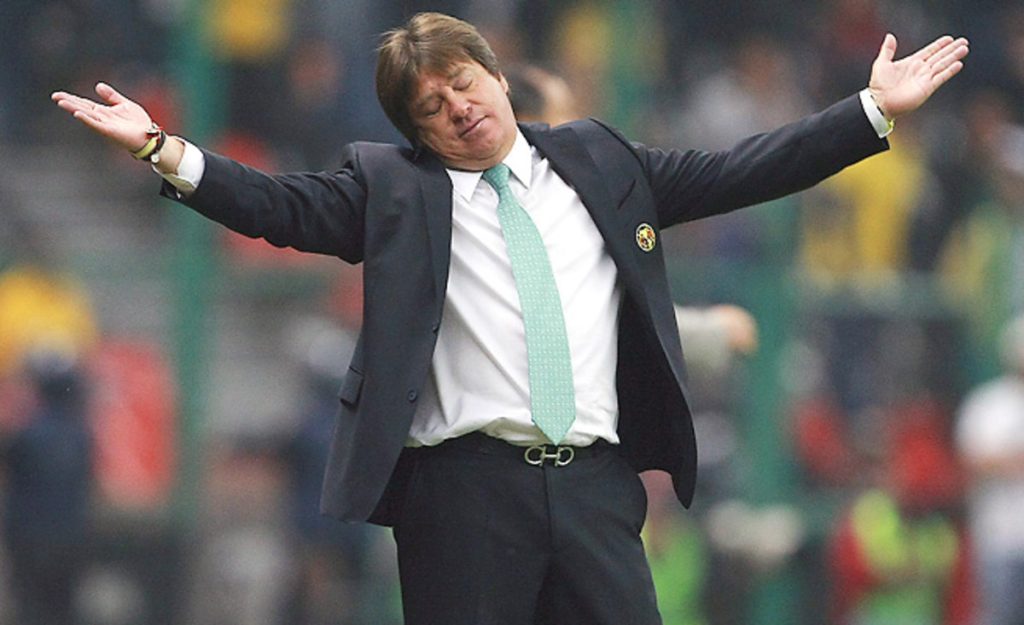Just two days after leading El Tri to a record-tying seventh CONCACAF Gold Cup victory, Miguel Herrera has been fired as Mexico’s manager in an astonishing turn of events.
Former defender Herrera started his career as a player in 1985 in Deportivo Neza of the second level. He subsequently moved on to Tecos UAG, and Primera División debuted in 1988. After spending a short moment with Santos Laguna, Herrera moved to Atlante in 1989. He played for the team three times and captured his lone league championship in the 1992–93 campaign. He also endured a lengthy run with Toros Neza, playing more than 100 times for the team between 1995 and 1999.
In 2000, he retired from Atlante. Herrera had been a member of the Mexican national team, garnering 14 caps, and competed in the 1993 Copa America, when Mexico came in second. Atlante was under Herrera’s management in 2002 and once more in 2010.

In 2004 and 2005, he led Monterrey to consecutive finals when they fell to UNAM and Toluca. He previously managed Monterrey. From 2008 to 2010, he served as the head coach of Estudiantes Tecos and Veracruz. Herrera was appointed as Club América’s manager in November 2011, and in 2013 the team under his leadership captured its first league title.
In his second stint with the club in 2018, he captured a second Liga MX championship. As for Mexico’s national team’s continental championship games versus New Zealand to advance for the 2014 World Cup, Herrera was appointed temporary coach in October 2013. Herrera’s position was expanded to include guiding the squad at the World Cup when Mexico secured the playoff and qualified for the competition. Finally, he renewed his agreement until 2018.
Why was El Piojo Fired?
El Piojo was fired as Mexico’s head coach following an accused violent physical fight with a journalist, although guiding Mexico towards the 2015 CONCACAF Gold Cup. Only two days before his dismissal, Herrera had steered Mexico to win the CONCACAF Gold Cup. The manager and Tv Azteca’s Christian Martinoli got into an altercation on Monday at Philadelphia’s airport as the squad was getting ready to leave for Mexico after defeating Jamaica 3-1 in the final game.

Due to their dissatisfaction with the team’s recent performances, Martinoli and also many Mexican fans and journalists have indeed been harsh in their criticism of Herrera. The event involving the reporter, according to Decio de Maria, who will take over as head of the Mexican Soccer Federation on Saturday, wasn’t in line with “the spirit of fair and respectful competition” that the group promotes.
Aftermath
Herrera issued an apology for his behavior in the traumatic episode he had with a reporter to the players, the team, the fans, the organization, and the press. Despite having experienced a variety of insults, offenses, and ridicule directed at his family and as an individual, he said it is obvious that this is not the approach a manager for the Mexican national team ought to have. He stated that he intended to relax and enjoy himself with his loved ones.

Since Ricardo La Volpe of Argentina, Herrera was the last one to serve as the manager of the “El Tri” team for a period of 4 World Cup campaigns; Herrera is the most recent person to leave what else has grown to be considered as a rapidly rotating position. Within nine years, when La Volpe left just after the 2006 World Cup in Germany, Mexico had gone under ten head managers.
Other Possible Reasons
For Herrera, it seemed inevitable that losing the Gold Cup would result in his termination. A new coach will be brought in if Mexico doesn’t perform as expected, as is typically the scenario. Failing to win even one World Cup qualifying match occasionally results in a new manager. It was clear that FMF and the Liga MX owners, who frequently exercise significant control, were preparing for yet fresh transition when Mexico lost at the Copa America and then battled through to the Gold Cup till the outstanding performance in the final.

Herrera is a well-known “Lavolpista,” a phrase used to designate coaches who adopt Ricardo La Volpe’s ideology and methods. However, Herrera has argued he is not a Lavolpista and instead draws inspiration from some of the other managers he has studied under. The majority of them play with a 5-3-2 shape and quick wing-backs. The attacking and direct approach Herrera employs has drawn criticism for, at times, leaving the defense open to attack. When he was appointed manager of Mexico, he moved the formation from Club América to the national level.

